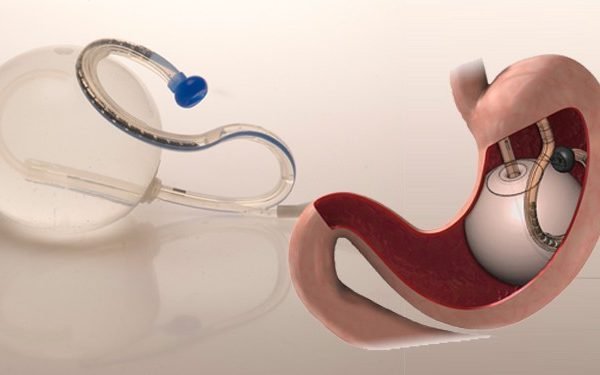Exploring the Inner Working: Paint Sprayer Replacement Parts
Paint sprayers are a great way to get a professional finish on your project. Consider adding a paint sprayer when you’re ready to take the next step in DIY projects. Proper troubleshooting techniques can ensure your work is of the highest quality. But when something goes wrong, knowing what parts need replacing is essential.
Common Types of Paint Sprayer Replacement Parts
Spray Tips and Nozzles
The spray tip and nozzle are the parts of the paint sprayer that the paint passes through. Over time, they can wear out or get clogged, leading to uneven spray patterns.
Filters
Filters are crucial to prevent unwanted particles from clogging the spray tip. To maintain optimal performance, we need to replace them.
Packing Kits
Packing kits provide a seal for the fluid section of the sprayer. If the sprayer is leaking, you should consider replacing the packing kit.
Fluid Seals and Gaskets
To prevent paint from leaking, we use fluid seals and gaskets. You should check and replace them when necessary.
Pistons/Pumps/Cylinders
The piston, pump, and cylinder move the air and paint through the titan 440 sprayer. If these components become damaged, you must replace them to maintain the functioning of the sprayer.
Hoses
The hose is what connects the paint sprayer to the paint reservoir. Over time, it can wear and crack, so you should inspect and replace it when needed.
Diagnosing Common Problems
Clogs and Blockages
Clogs and blockages can occur in several parts of your paint sprayer. If your sprayer isn’t producing an even spray, it could be due to a clogged nozzle or filter. Always check these components first when you experience issues.
Leaks
Leaks can occur in the hose, in the seals, or around the nozzles. If you notice paint leaking from your sprayer, identifying the source of the leak is crucial. Replace the faulty component as soon as possible to prevent further damage.
Wear and Tear
Regular Titan 440 paint sprayer use can cause wear and tear on all components. If any parts, such as the spray nozzles, filters, or hoses, appear worn out, it’s essential to replace them. It will help maintain the optimal performance of your paint sprayer.
Faulty Pistons, Pumps, or Cylinders
If the sprayer is not producing enough pressure, the problem could lie in the pistons or pumps. Check these parts for any damage and replace them if necessary.
Proper Maintenance for Longevity of Paint Sprayers
Regular Cleaning
Cleaning your paint sprayer after every use is crucial to its maintenance. It helps to prevent paint from drying and clogging the system. It’s especially important to clean the spray tip and filter. These components will most likely get clogged with paint.
Periodic Inspections
Performing regular inspections is another key to longevity. Check for wear and tear on all components, particularly the hoses, seals, and nozzles. Replace any part showing signs of wear to prevent further complications.
Proper Storage
Store your paint sprayer in a clean, dry place when not in use. Before storage, cleaning the sprayer and removing any residual paint is important. It prevents potential damage and ensures the sprayer is ready to use the next time you need it.
Lubrication
Certain paint sprayer parts, such as the packing and pistons, need regular lubrication. Using the appropriate lubricant can reduce wear and extend the life of these components.
Correct Use
Using the Titan 440 sprayer also contributes to its longevity. It includes using the right type of paint, maintaining the proper pressure settings, and not overusing the sprayer. Taking breaks during large projects can help to avoid overheating and wear on the motor.
Replacing Paint Sprayer Parts
Identifying the Part
The first step in replacing a part of your paint sprayer is identifying the faulty component. You can often do it by a process of elimination or by observing the symptoms of the sprayer. For instance, an uneven spray pattern could state a worn-out spray tip, while a leak might suggest a failing seal or gasket.
Procuring the Replacement Part
Once you identify the faulty part, the next step is to get the replacement part. Make sure to buy genuine parts compatible with your paint sprayer model. It will ensure optimal performance and longevity of your tool.
Removing the Old Part
Before beginning the removal, unplug the paint sprayer and release all pressure. Depending on the part that needs replacing, you might need specific tools to remove it. Always refer to the user manual for proper guidance.
Installing the New Part
To avoid causing any damage, you should install the new part. Again, it’s best to refer to the user manual or seek professional guidance if you need clarification on any step in the process.
Conclusion
Paint sprayers are reliable tools when maintained. It includes replacing faulty parts and performing regular maintenance tasks. Following the steps outlined above, you can maintain your paint sprayer in good condition and get quality results every time.




